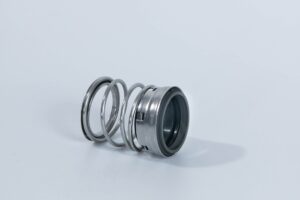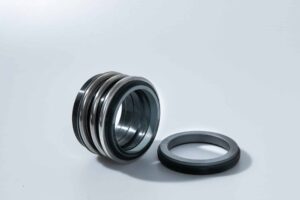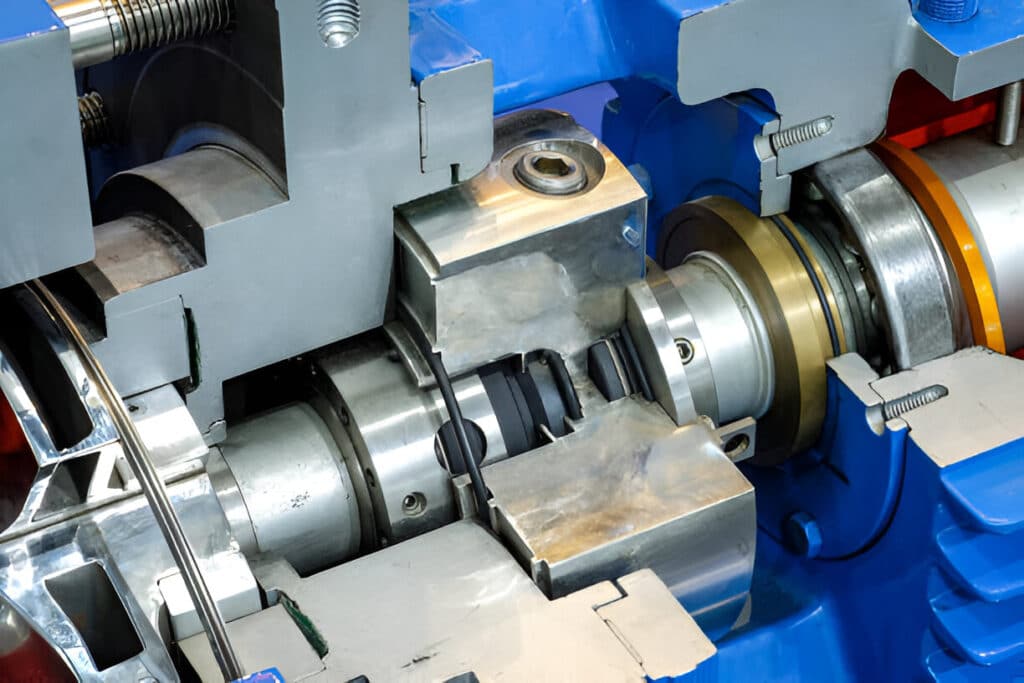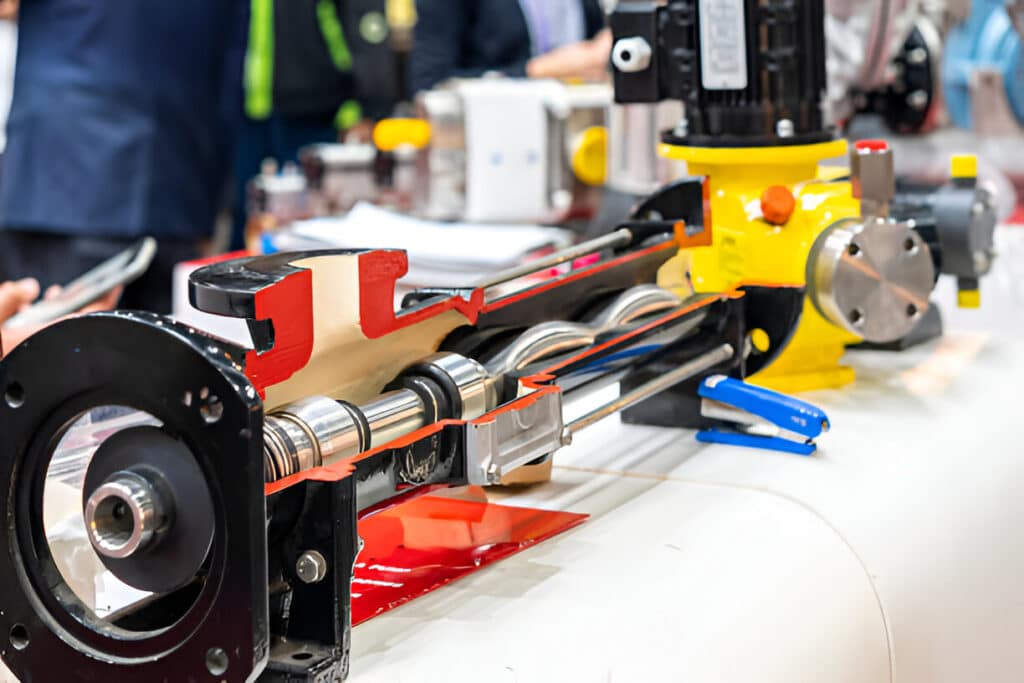Are you struggling to determine the correct packing size for your machinery’s shaft? Inaccurate measurements can lead to leaks, excessive friction, and premature wear.
Improperly sized packing not only compromises your equipment’s performance but also results in costly downtime and repairs. Don’t let this common problem hinder your operations.
In this comprehensive guide, we’ll walk you through the steps to accurately measure your shaft diameter and stuffing box depth, calculate the ideal packing size, and estimate the required packing material length.
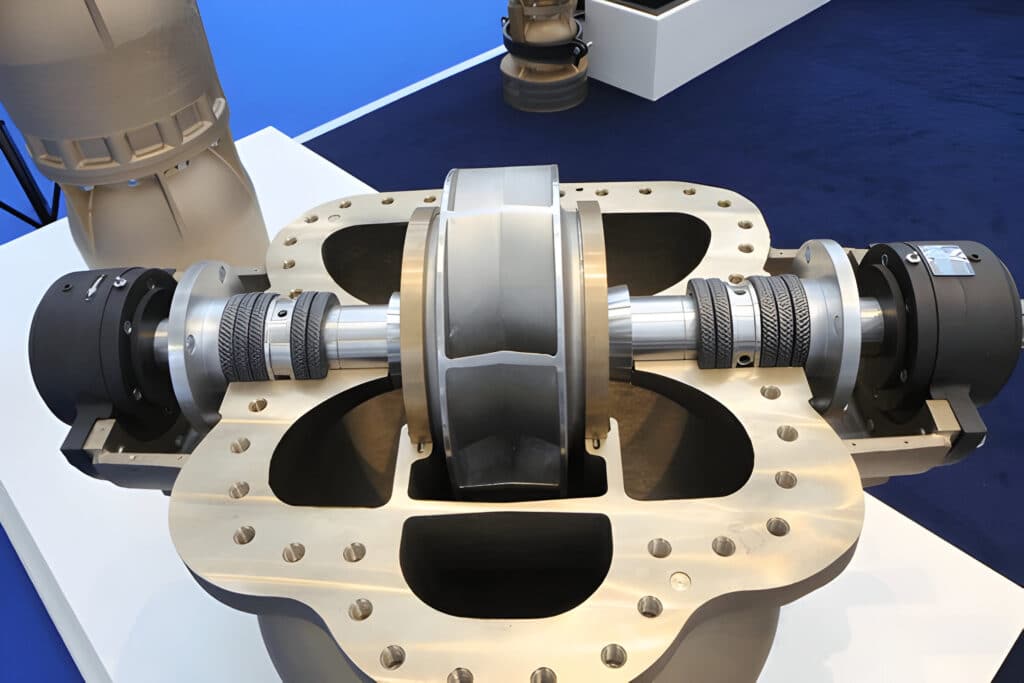
Measuring Shaft Diameter
Determining the correct packing size for a shaft begins with accurately measuring the shaft diameter. There are two primary methods for measuring shaft diameter: using calipers or using a tape measure and paper.
Using Calipers
Vernier or dial calipers provide the most precise shaft diameter measurements. To use calipers:
- Ensure the caliper jaws are clean and the tool is zeroed out.
- Place the outside jaws on opposite sides of the shaft, perpendicular to its length.
- Close the jaws snugly around the shaft without applying excessive pressure.
- Read the measurement on the caliper scale or digital display.
- Repeat the process at several points along the shaft to check for consistency and account for any shaft wear.
Using a Tape Measure and Paper
If calipers are unavailable, a flexible tape measure can be used with paper to estimate shaft diameter:
- Wrap a strip of paper around the shaft, marking where it overlaps.
- Lay the paper flat and measure the distance between the marks with a tape measure.
- Divide this circumference measurement by pi (3.14159) to calculate the shaft diameter.
- Repeat at multiple points to check for shaft wear or inconsistencies.
While less precise than calipers, this method can suffice for sizing shaft packing.
Measuring Stuffing Box Depth
Along with shaft diameter, stuffing box depth must be measured to determine the required packing material length. To measure stuffing box depth:
- Insert a depth gauge or ruler into the empty stuffing box until it contacts the bottom.
- Ensure the gauge is parallel to the shaft and not angled.
- Read the depth measurement from where the gauge meets the top of the stuffing box.
- For greater precision, measure depth at several points around the stuffing box and average the results.
The stuffing box depth measurement will be used to calculate the length of packing material required.
Calculating Packing Size
Shaft packing is sized according to the shaft diameter and stuffing box depth. Standard packing sizes range from 1/8″ to 1″ square cross-section, in 1/16″ increments.
To calculate the appropriate packing size for a given shaft:
- Take the measured shaft diameter.
- Round up to the nearest standard packing size. For example, a 1-7/16″ diameter shaft would use 1-1/2″ packing.
- If the shaft diameter falls halfway between standard sizes, select the larger size packing.
Using packing that is slightly oversized allows it to conform and seal against the shaft and stuffing box surfaces. Packing that is too small may not provide an effective seal.
Estimating Packing Material Length
The final step is estimating the total length of packing material required. General guidelines recommend using a packing length at least 10-12 times the measured stuffing box depth.
To estimate packing length:
- Multiply the measured stuffing box depth by 10-12 to determine total packing length. For example, a 2″ deep box would need 20-24″ of packing material.
- Add an allowance of 10-20% to account for compression and density variations in the packing material.
- Round up the total length to the nearest available packing length increment, such as the nearest foot.
Having extra packing on hand allows for adjustments during installation and future repacking of the stuffing box as the shaft packing wears.


